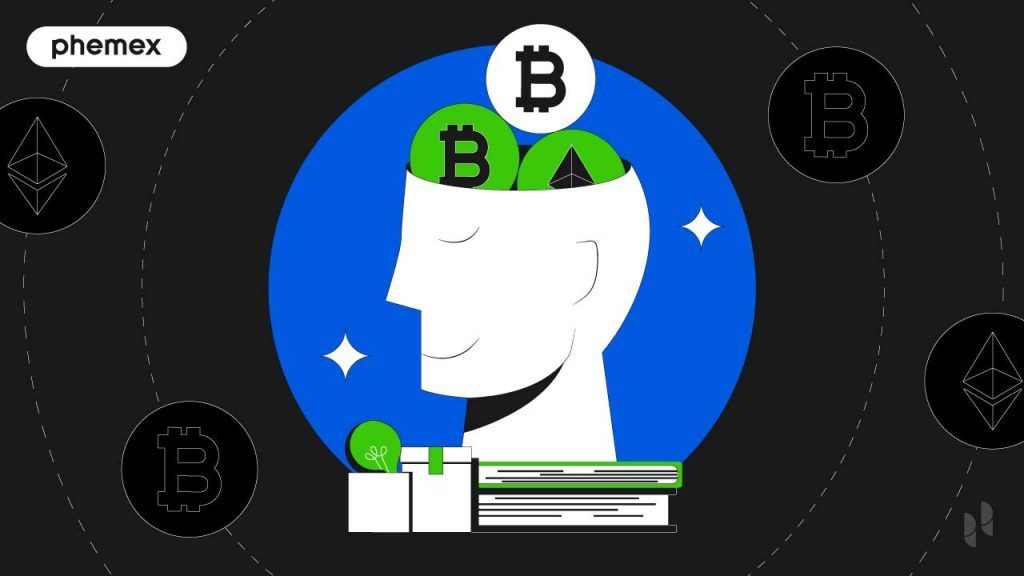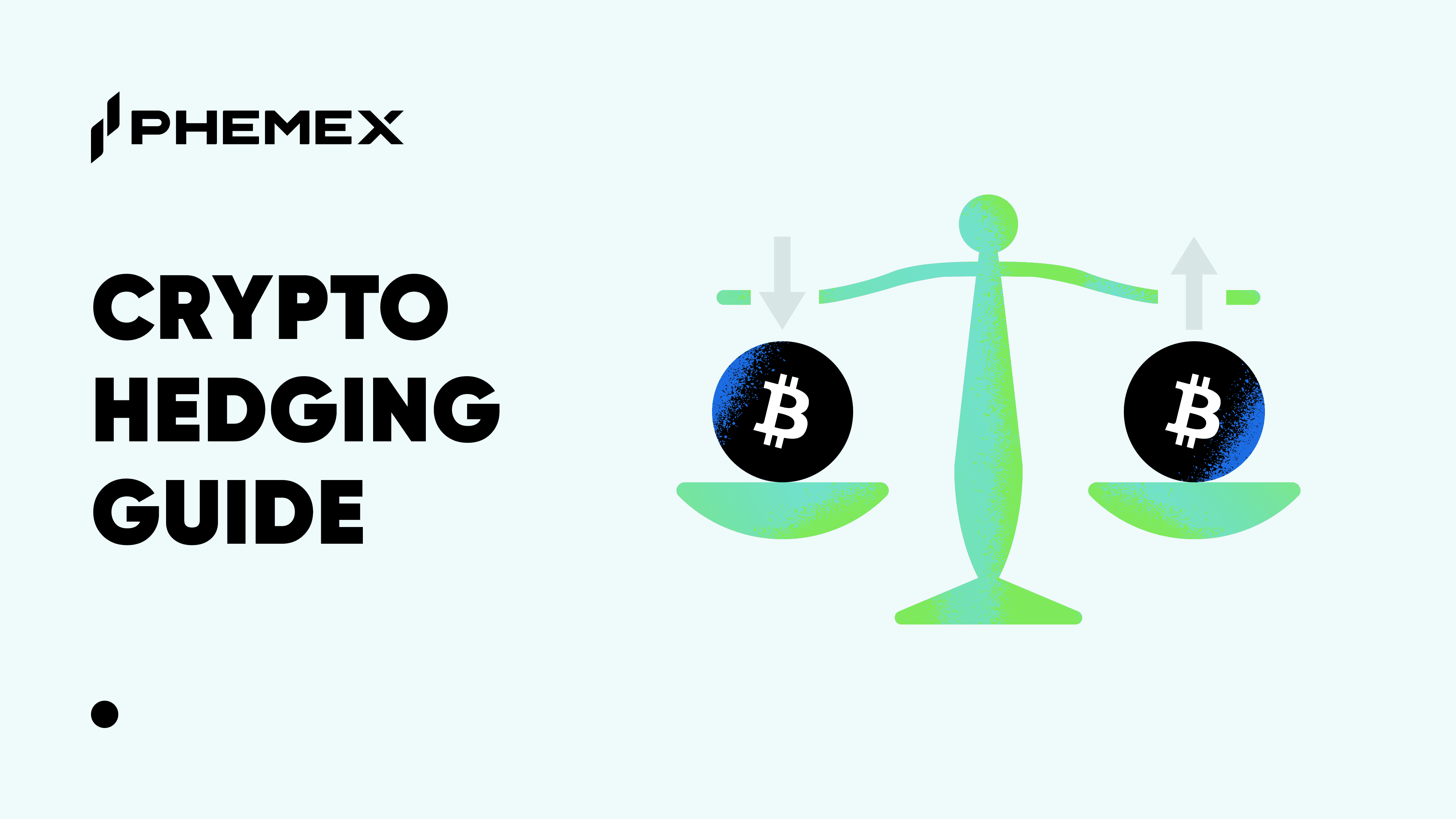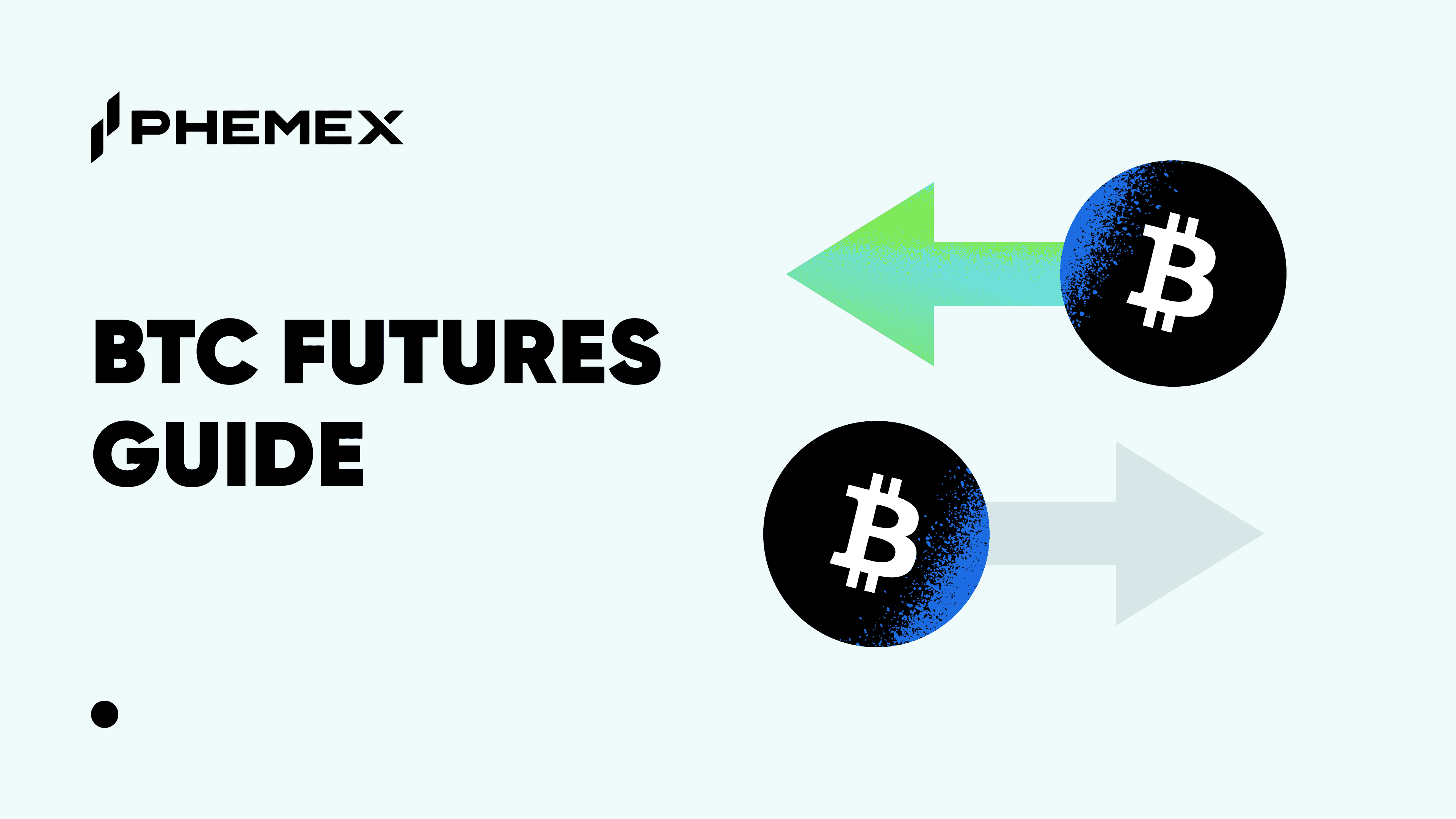Summary
- What is Open Interest: Open interest can be described as the number of open or outstanding derivatives contracts for a particular market.
- A derivatives contract is deemed “open” until the other side decides to close it, and the market’s open interest represents the sum of all the contracts from “opened” trades minus the closed or settled contracts.
- Identifying trading opportunities using both the volume and open interest metrics allow traders to more smoothly enter and exit markets at the best possible price.

The pace of advancement in cryptocurrency trading has been most evident in the derivatives space. Digital asset-based derivatives contracts have gained a great deal of traction in such a short space of time and bring many benefits to the cryptocurrency market and the blockchain industry as a whole.
The liquidity crisis in cryptocurrency markets over the last few years has allowed larger players or “whales” to manipulate prices with their extensive buying or selling power. However, with the introduction of derivatives exchanges worldwide, this problem is gradually becoming a non-issue. The burgeoning derivatives ecosystem is leveling the playing field, enabling ordinary traders to leverage more capital, hedge their investments, and bring in more steady profits.
There are a few different kinds of derivatives contracts, from futures and forwards to options and perpetual swaps. Though they all essentially let traders bet on the market’s future performance, they do so in distinct ways. With so much competition, it’s crucial to recognize which trends can give traders an edge and which ones lead to complete ruin.
What is Open Interest?
To gauge market trends, be it in stock or cryptocurrency markets, traders often refer to a metric known as “Open Interest (OI).” Open interest isn’t the most intuitive concept, but it can be described as the number of open or outstanding derivatives contracts for a particular market.
Understanding the information that open interest provides lets traders and investors assess the strength of the market based on the cash inflows and outflows of a particular contract. Correctly interpreting open interest can even lead traders to determine its impact on other asset prices, and in turn, make better-informed trading decisions.
What does open interest indicate?
Driving Derived Value
First, let’s explore how contracts are created in the first place. There are two sides to any trade – the buyer and the seller. If a futures or options contract exists, there must be a seller, but for it to have any value, there must also be someone to sell it to. Derivatives contracts are financial agreements between the buyer and the seller, often allowing the buyer to sell assets at a specific price after a pre-determined amount of time and vice versa.
For instance, if a trader decided to purchase a Bitcoin futures contract in January and expected the price to go up in 90 days, if the asset grows by 10% over that period, they would then be able to purchase the underlying assets (in this case BTC) at January prices and immediately sell them for a 10% profit.
Most derivative contracts derive value from their underlying assets, and this dependency causes them to move in tight sync with the asset’s market price. To purchase these contracts, traders pay a certain amount as a premium, which is calculated based on different factors such as how far from the market price they expect the asset to move and how close to expiry they purchased the contract.
However, if the trader acquired a futures contract expecting the price to fall, but the underlying asset still appreciates, they would only lose out on the premium paid to purchase the contract. The premium value is calculated using the concept of the “cost of carry.” There is a lost opportunity cost to anyone investing in derivatives contracts. That said, the investor always has the option to invest in minimal risk secure bonds that provide fixed income and earn steady returns instead.
Options contracts function mainly the same as futures, except participants have no obligation to go through with the trade at expiry and have the option to cash in at any point before expiry. Say a trader purchased a BTC option expecting Bitcoin’s value to rise by the end of the month. If the asset increases by 10% in the following week, the trader could immediately take the 10% profit minus the premium.
Futures and options are great for investor traders to increase their buying power and acquire more of the underlying asset, but because contracts expire, it requires them to constantly manage their accounts. To solve this problem, another kind of derivative investment has rise to popularity in the digital assets space – the perpetual swap.
Unlike futures and options, perpetual swaps do not have an expiry date, enabling long-term investors to hold positions for as long as possible. In addition, perpetual swaps track the underlying asset’s price much more closely using a mechanism known as the “funding rate,” which is a fee paid to hold investor positions and balance buyer/seller demand to maintain price.
Derivatives contracts can also be directly bought and sold for their premium, which depreciates as the date approaches expiry. With Bitcoin, most derivatives contracts represent the purchase of 5 BTC. A contract is deemed “open” until the other side decides to close it, and the market’s open interest represents the sum of all the contracts from “opened” trades minus the closed or settled contracts.
What does an increasing/declining open interest mean?
As traders purchase and sell contracts, the open interest changes throughout the day and often signals whether a market is going up or down. Typically, an increasing open interest shows strength in the market because when the number of contracts involved is on the rise, there is increasing activity and fervor about the underlying asset’s movement. On the other hand, a market is considered to be in a bear trend if open interest is on a declining trajectory. This is because traders are closing out their positions at a much faster rate than others can open them.
Using open interest with other technical indicators
OI also provides insight into whether the market is going through a particular trend or ranging between different price points. An increasing open interest shows new positions are on the rise, which is a sign of a healthy, actively trending market. However, a decreasing OI figure means the number of positions is falling, which indicates the market foraying into a range-bound phase.
Open interest vs. Trade Volume: what are the differences?
Open interest is conceptually similar to trade volume, but the two have very distinct characteristics. The number of shares or contracts traded over a particular period refers to trading volume, and keeping track of this value can help traders gauge the trend strength of the underlying asset’s price movements. That being said, trading volume is relative.
Investments with smaller market capitalizations are bound to see lower trading volumes than large-cap stocks, and volume needs to be observed with the asset’s average daily volume in context.
Generally, a substantial shift in price with a higher than usual trade volume signifies a potential change in trend direction. However, significant price appreciation backed by low trading volume can also signify a probable trend reversal. In short, trading volume refers to the number of contracts traded in a particular period, while open interest refers to the sum total of all live contracts that have not been settled in the market.
Open interest in futures markets vs. options markets
Open interest is far more helpful in futures markets than options, and some options traders even ignore the metric entirely. This is because there’s no way to truly measure whether options were bought or sold using OI, but while it’s not too valuable by itself, coupled with trade volume, it can lend clarity to price movements, trend strength, and the option’s liquidity.
If the volume surpasses the existing open interest on a given day, it shows that trading in that option was extraordinarily high that particular day. In addition, the liquidity of an option can also be understood with the help of open interest.
Another critical point to understand is that there would be no secondary market for options without any open interest since active secondary markets make it more likely that options contracts are sold at fair prices. On the other hand, options with substantial OI signify that it will be easier to trade that option at a reasonable spread between bids and asks. Traders never want to be stuck with illiquid contracts that have little to no open interest.
Identifying these trading opportunities using both the volume and open interest metrics allow traders to more smoothly enter and exit markets at the best possible price. Let’s consider a scenario where three traders, Alex, Bob, and Jeff, open positions on BTCUSDT perpetual futures, while another trader, Dave, closes his position. Here’s how this would impact open interest:
| Trader | Position | Quantity | Change in OI | Open Interest [OI] |
| Alex | Long [Open] | 5 BTC | +5 | 5 |
| Bob | Long [Open] | 7 BTC | +7 | 12 |
| Jeff | Short [Open] | 9 BTC | +9 | 21 |
| Dave | Long [Close] | 4 BTC | -4 | 17 |
The above trading activity illustrates the change in OI based on the number of daily open contracts. In the table, the open interest rose from 5 to 21 as traders opened new positions, but the open interest figure decreased after existing positions were closed.
Traders can also monitor changes in price, volume, and open interest to gauge market sentiment. For instance, if the price is rising and accompanied by increasing volume and open interest, the market sentiment is likely very bullish. Similarly, a rising cost alongside declining volumes and open interest point to a bear trend.
If the price falls along with increasing open interest and volume, market sentiment is bearish. This is because traders are actively shorting the underlying asset, expecting prices to fall further, but if volumes and OI are also falling, market sentiment tends to be bullish.
Interpret Open Interest of Bitcoin Futures

Source: TheBlock, Aggregate Open Interest of Bitcoin Futures
In the cryptocurrency industry, volume and open interest are fragmented across major exchanges. The above chart shows the aggregated Bitcoin [BTC] futures open interest, and the chart below displays volume split across major exchanges.

Source: TheBlock, Volume of Bitcoin Futures
Derivatives contracts are beneficial for anyone trading in financial markets, not just to potentially make huge returns from small investments, but also to hedge investments made into the underlying assets and profit from both bull and bear markets.
As contracts approach expiry, they should move more tightly alongside the spot market, and this is usually the case in stable, low volatility investments. Digital assets, however, are incredibly volatile, and while derivatives contracts may attempt to close in on underlying prices, the spot market may have other ideas.
Conclusion
Cryptocurrency markets can become highly volatile in the days, hours, and even minutes approaching expiry, and it can be precarious for investors who don’t fully comprehend how they work. Though they enable investors to profit from specific markets without direct exposure, events that affect those markets can significantly impact how profitable these contracts can be.
Additionally, unlike traditional stocks and securities, digital assets are traded around the clock, which makes them susceptible to movements from global market events at any moment. By understanding how open interest impacts cryptocurrency prices, traders can make better-informed decisions about where to invest their capital by analyzing the current market scenario and correctly interpreting sentiment.
Read More
- Open Interest vs. Volume: What Are They and How Do They Work?
- Crypto Derivatives Are Surging, But What’s Missing from the Market?
- Open Position & Close Position: What It Means In Crypto Trading
- What are Crypto Derivatives: Most Popular Bitcoin Derivatives Explained
- What is Contract Trading: How to Trade Crypto Derivatives on Phemex
- What are Crypto Derivatives & How do they Work?
- Crypto Trading vs. Investing: Key Differences Explained
- What are Crypto Options & How do They Work?








